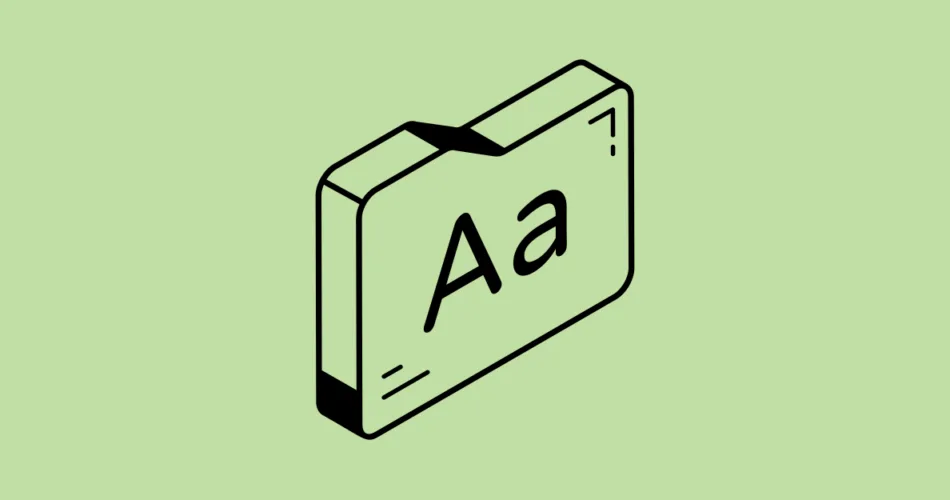When working with Java programming, you’ll often encounter different types of data. While primitive data types like int, double, and char are fundamental, Java also offers non primitive data types, which are more complex and can hold multiple values. In this article, we’ll explore non-primitive data types in Java and understand how they are used in various scenarios.
What are Non-Primitive Data Types?
Non-primitive data types, also known as reference data types, are more advanced than primitive types. While primitive types hold simple values, non-primitive types store references to objects in memory. These data types allow you to create more complex data structures and deal with various data efficiently. Java offers several built-in non-primitive data types, including:
- Classes
- Interfaces
- Arrays
- Enumerations (Enums)
Examples of Non-Primitive Data Types:
Let’s take a closer look at these non-primitive data types with examples:
1. Classes:
Classes are the building blocks of object-oriented programming in Java. They define the blueprint for objects and encapsulate data and methods that operate on that data. For instance, consider a Person class:
public class Person {
String name;
int age;
public Person(String n, int a) {
name = n;
age = a;
}
public void displayInfo() {
System.out.println("Name: " + name + ", Age: " + age);
}
}
Here, Person is a class that has name and age as instance variables, a constructor to initialize them, and a method to display information about a person. You can create instances of this class and manipulate its properties.
2. Interfaces:
Interfaces define a contract that classes must follow. They declare method signatures without providing implementations. This allows multiple classes to implement the same interface, providing a way for polymorphism. For example, let’s consider an Animal interface:
public interface Animal {
void makeSound();
void move();
}
Here, the Animal interface declares two methods, makeSound() and move(). Any class that implements this interface must provide implementations for these methods. This allows different types of animals to share common behavior while still maintaining their specific characteristics.
3. Arrays:
Arrays are collections of elements of the same data type. They allow you to store multiple values in a single variable. For instance, consider an array of int values:
int[] numbers = {1, 2, 3, 4, 5};
In this example, the numbers array contains five int values. Arrays provide a way to efficiently manage and access multiple values of the same type.
4. Enumerations (Enums):
Enums define a set of named constants, representing a finite set of values. They provide more meaningful names than using primitive types, making the code more readable and maintainable. Here’s an example of a Day enum:
public enum Day {
MONDAY, TUESDAY, WEDNESDAY, THURSDAY, FRIDAY, SATURDAY, SUNDAY
}
With this enum, you can represent days of the week using meaningful names instead of numbers. Enums are especially useful when you need to work with a fixed set of options.
Non-primitive data types are crucial for creating complex and organized Java programs. Understanding how to use classes, interfaces, arrays, and enums effectively empowers you to build robust and maintainable software systems.
Subscribe to our email newsletter to get the latest posts delivered right to your email.


Comments